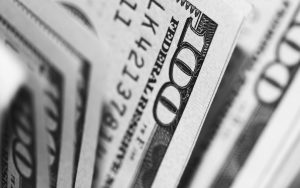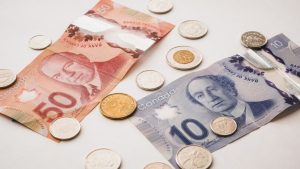Institutional forex traders are responsible for managing large amounts of money on behalf of institutional clients such as pension funds, hedge funds, and large corporations. These traders employ a wide range of strategies and techniques to generate profits for their clients, including fundamental analysis, technical analysis, and quantitative analysis. To make informed decisions, institutional forex traders rely on a variety of sources of information, including economic data, news events, technical indicators, and market sentiment.
One of the primary sources of information used by institutional forex traders is economic data. This includes data on inflation, employment, GDP, and other macroeconomic indicators that can affect currency values. By monitoring these indicators, traders can gain insights into the health of the economy and make predictions about future currency movements.
In addition to economic data, institutional forex traders also pay close attention to news events that can impact currency markets. This includes announcements from central banks, geopolitical events, and other major news stories that can affect investor sentiment. By staying up-to-date on these events, traders can adjust their positions and strategies accordingly.
Technical analysis is another important tool used by institutional forex traders. This involves analyzing charts and other data to identify trends and patterns that can indicate future price movements. Traders may use a variety of technical indicators such as moving averages, oscillators, and chart patterns to identify potential trading opportunities.
Another important factor that institutional forex traders consider is market sentiment. This refers to the overall mood or attitude of investors toward a particular currency or market. Traders may use a variety of tools to gauge sentiment, including surveys, social media analysis, and other sources of market data.
Quantitative analysis is another technique used by institutional forex traders. This involves using mathematical models and algorithms to identify trading opportunities based on historical data. Traders may use a variety of quantitative techniques, including machine learning, statistical arbitrage, and high-frequency trading, to generate profits for their clients.
Overall, institutional forex traders rely on a wide range of sources of information to make informed trading decisions. By staying up-to-date on economic data, news events, technical indicators, market sentiment, and quantitative models, traders can identify trading opportunities and manage risk effectively. While there is no one-size-fits-all approach to forex trading, a thorough understanding of these key factors can help traders generate consistent profits and outperform the market over time.





